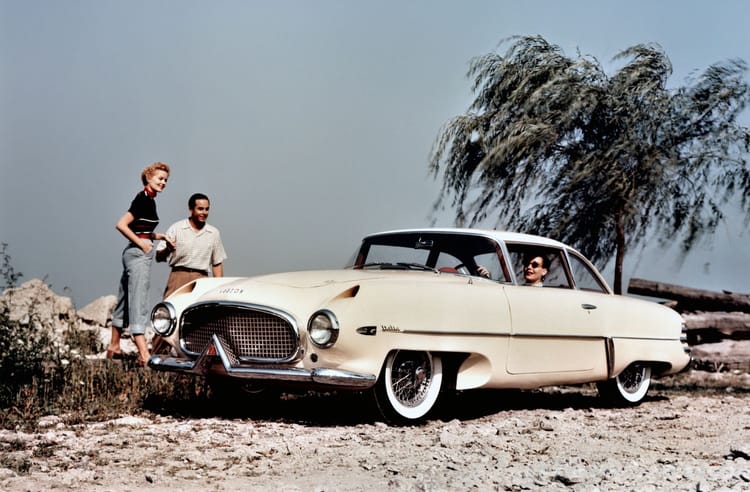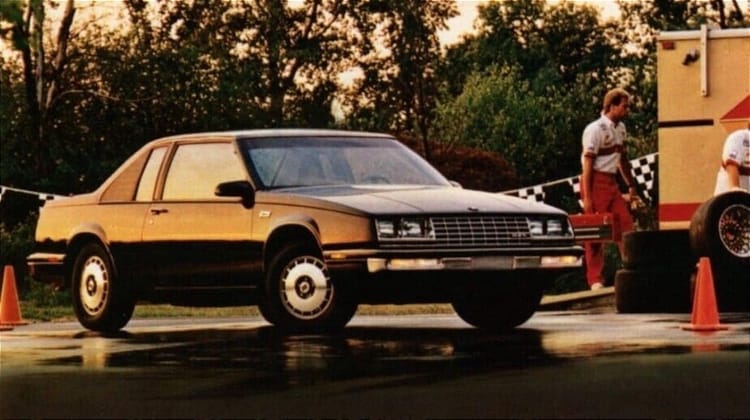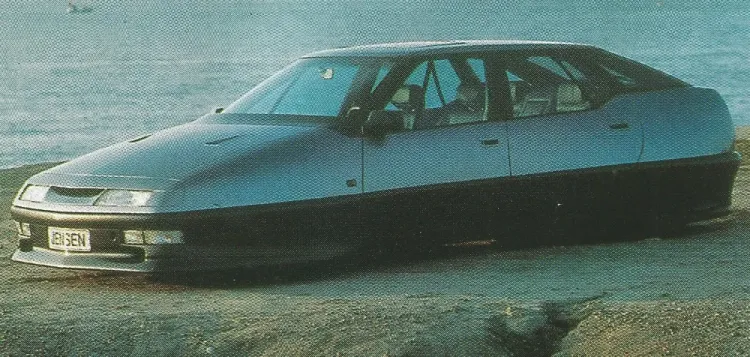Rayton-Fissore Magnum
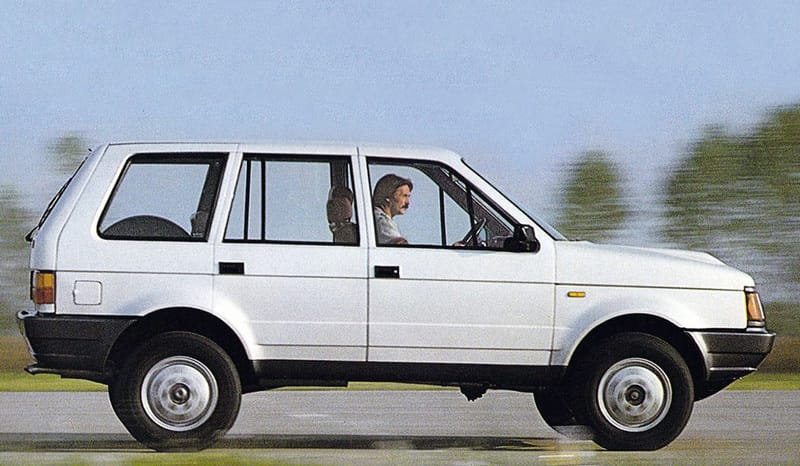
Which artisanal SUV was offered on both sides of the Atlantic with a choice of more than seven different engines over its lifespan — a lifespan that spanned about 18 years and sold fewer than one unit per day during that time?
(Yes, I counted an order for approximately 1,500 from Italy’s police force famed for its choice in vehicles, the Carabinieri.)
You may first recognize this as a Laforza, the Italian-American SUV that was honest to goodness built in Italy by Pininfarina and first fitted with a 5.0-litre V8 engine from the 3rd gen Ford Mustang. Aimed at icons such as the Land Rover Range Rover, the Rayton-Fissore Magnum earned a dedicated fan base…but was finished for good by 2004.
This isn’t a Laforza, however — it’s where the rare, square lux ute came from.
As 2025 unfolds, luxury SUVs have become embedded within several markets around the world. From China’s onslaught of hybrid or pure EV Hyper-SUVs, to luxury brands like Maserati, Bentley, BMW, and Porsche’s maturing offerings, carmakers are drawn to the premium SUV market because it makes money.
In 1985, not so much.
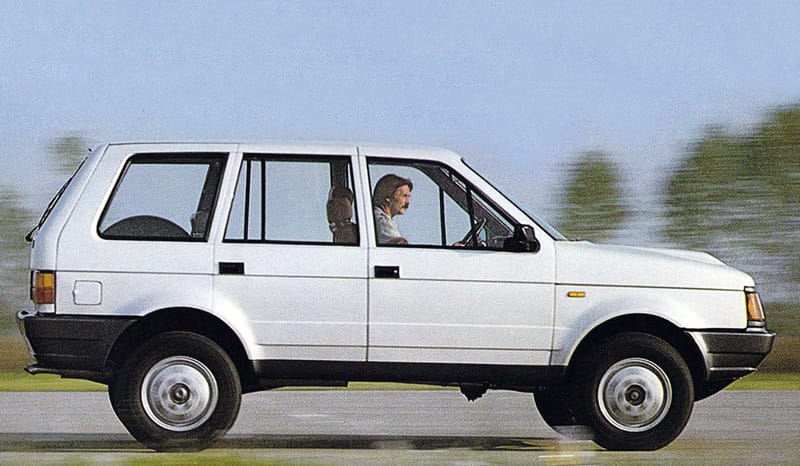
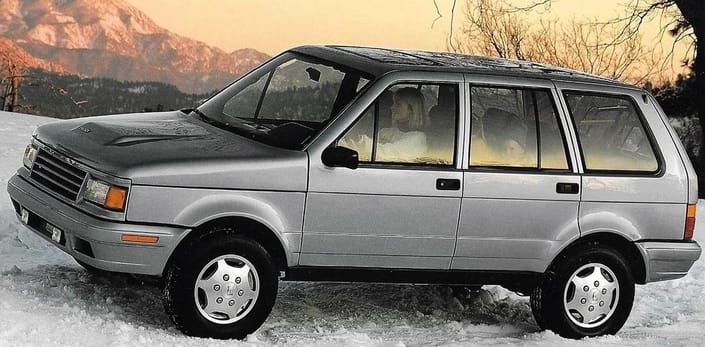
Rayton-Fissore Magnum, left; Laforza SUV, right; note the hood bulge, denoting the V8. Headlights, taillights, wheel trims, and body-coloured bumpers are often other ways of telling the two apart. • Rayton-Fissore
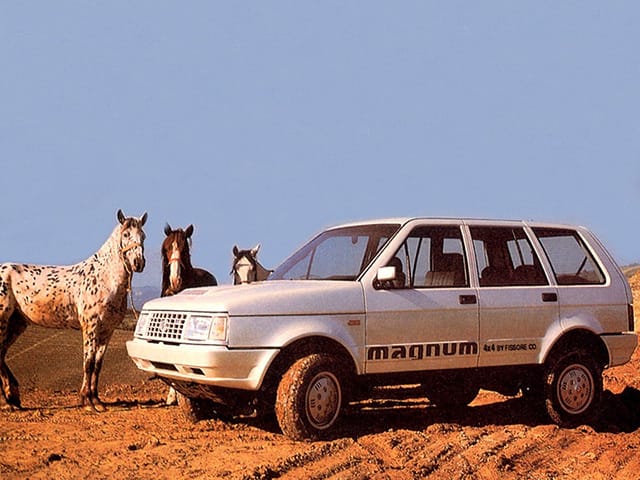
After studying some photos and articles of the Magnum, I can relay that buyers got an interior fitted with a wood-faced dashboard and centre console, with a nicer stereo, an air conditioning system, leather, and second gearshift for the 4WD transfer case.
Using an Italian Iveco chassis related to the first-generation Daily van, the Magnum’s development and mechanical attributes are also related to the VM 90, a more robust military variant of the Daily.
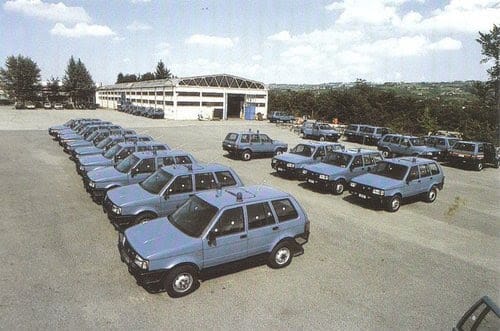


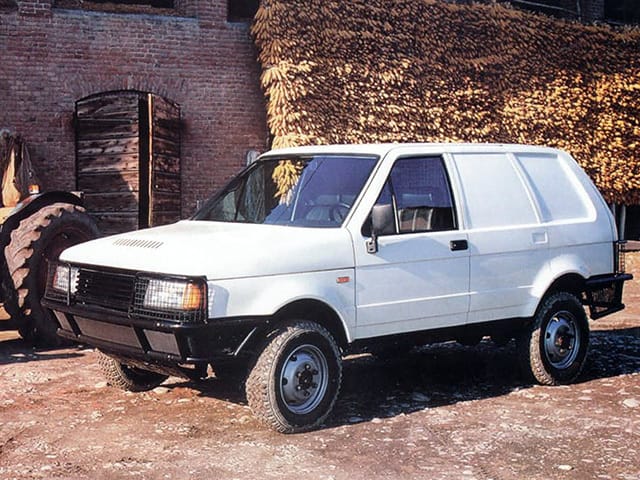
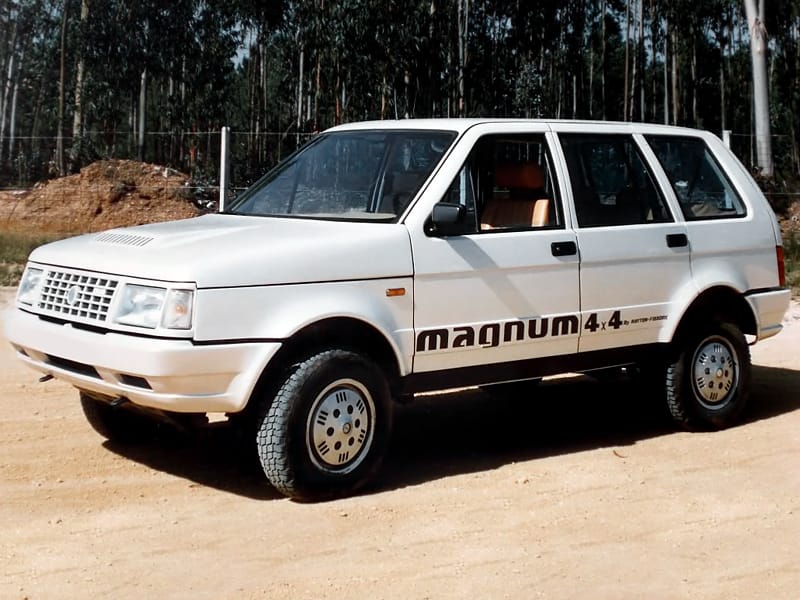
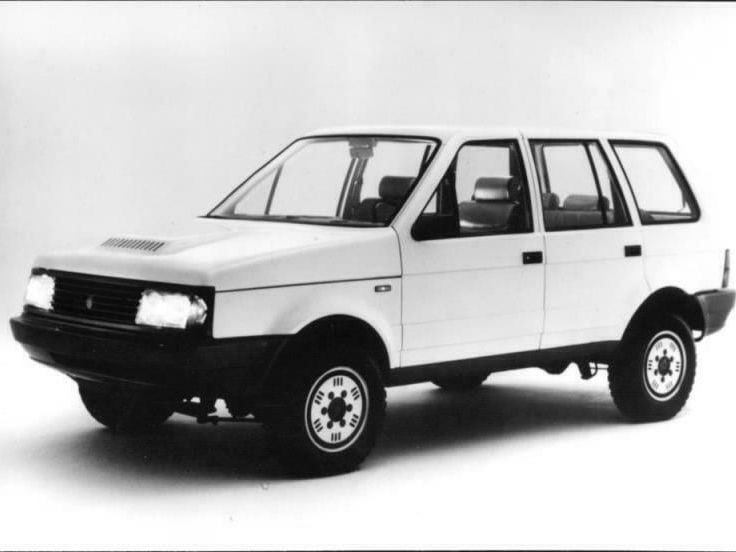


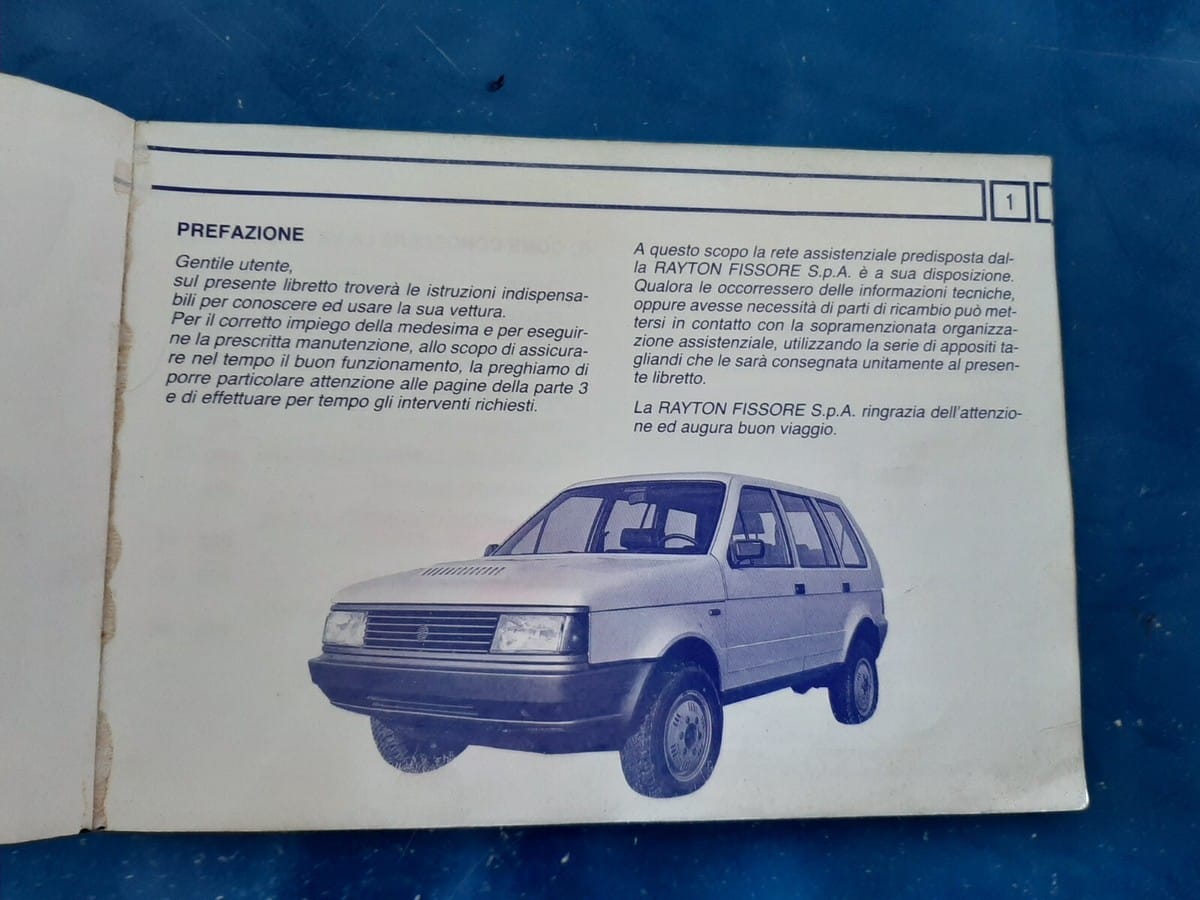
Don’t roast me in the comments, this is a visual guide for how varied products were made on similar chassis. The van, without rear windows, has got to be my favourite. • Rayton-Fissore, wheelsage, source unknown, Caradisiac
On top of this near military-grade chassis, the company developed a body technology called UNIVIS. The Magnum’s shell is supported by a backbone of square tubes mounted to thechassis with 10 silent rubber mounts, to which the body panels are bolted. The frame itself added rigidity beyond a standard body-on-frame SUV, but the construction method hasn't been developed since (that I know of).
The engines that powered the Magnum were chosen for their fuel efficiency and durability. Three diesels were offered, two from VM Motori and one from Sofim.
Small gasoline engines were also used, with the two most interesting a 2.5-litre Alfa Romeo V6 (badged as the Magnum VIP) and a supercharged 2.0-litre 4-cylinder Fiat/Lancia unit. Revised models from 1988 could even be fitted with a 3.4-litre BMW straight-6!
When developed into the Laforza for North American buyers, the largest engine fitted was a supercharged 6.0-litre V8. But of course.
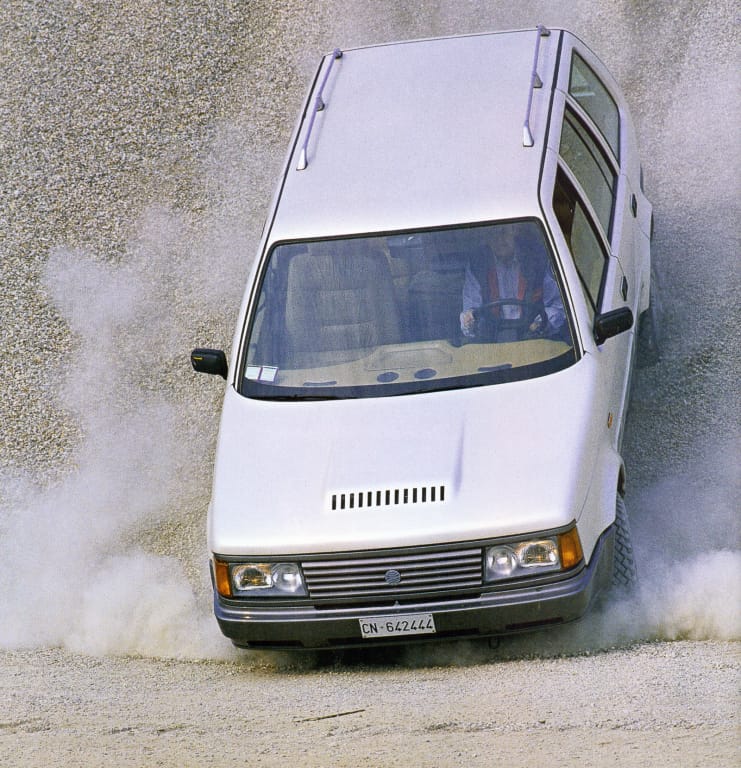
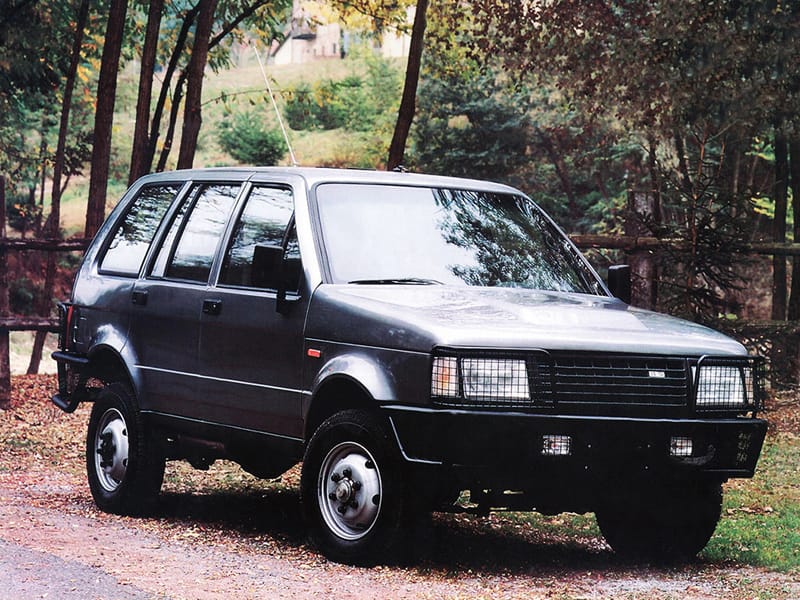
Updated Magnum models from approximately 1998, quite far into its run • Rayton-Fissore
What you’re really paying for, however, is the Magnum’s unique blend of off-road equipment and forward-thinking construction. Underneath, its drivetrain — including the 4WD system, front and rear differentials, suspension, and brakes — came from the heavier-duty Iveco Daily.
Unveiled at the 1985 Turin Motor Show, the company had the SUV’s noted designer (and former Weird Car of the Day subject) Tom Tjaarda on hand to lend the small 40 person operation some credibility. Over its approximate 18 year run, Magnum production included more than 6,000 units built, with a number sold to government agencies like regional police forces and park rangers. The most rare variant has the 2.5-litre Alfa Romeo V6 — just 120 of those left the factory.

